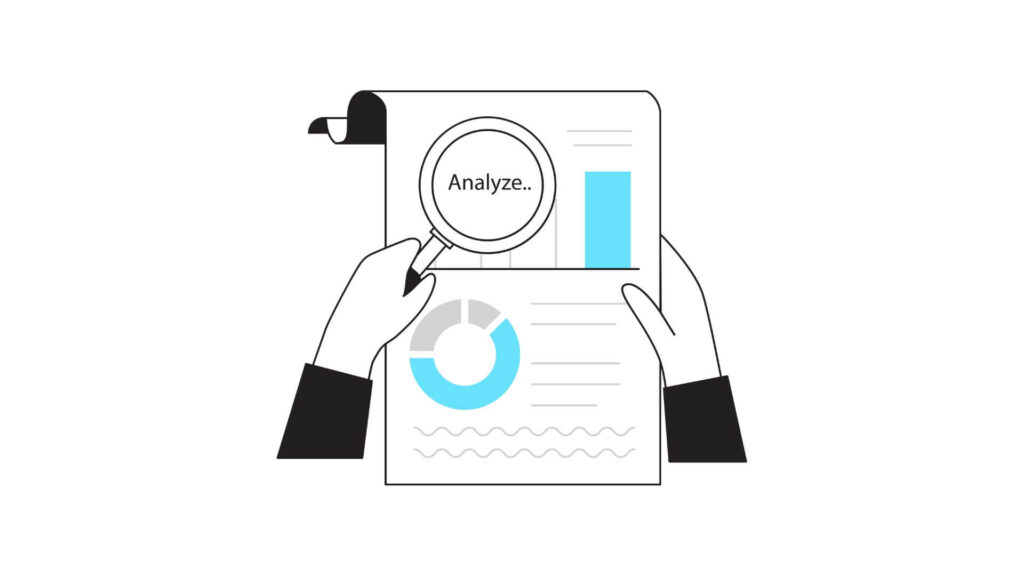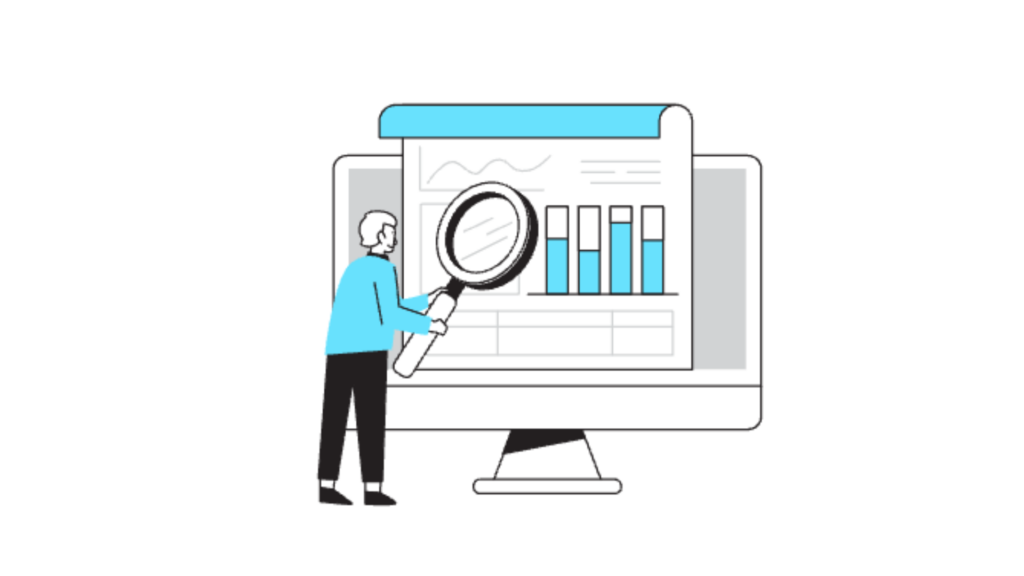How to Run a Complete Health Check for your Digital Presence

A healthy website is much more than an attractive homepage or clever branding. It’s a living system—every part working together to deliver results, resist threats, and adapt to changing needs. Much like a physician examines both symptoms and underlying causes, smart businesses regularly diagnose their sites, looking beyond the surface to ensure every organ is in top shape. Here’s a deep dive into the anatomy of a good website that goes beyond appearances, focusing on true digital health.
The skeleton: Navigation, structure, and stability
A website’s skeleton is its framework—the bones that give it shape and support. Good site architecture helps users move confidently, never getting lost or frustrated. Think of clear navigation menus, logical page hierarchies, and clean internal linking as the “spine” and “limbs” of your digital body.
What to check:
- Can users get from homepage to any other page within a few clicks?
- Are key actions (like “contact,” “shop,” or “subscribe”) always easy to find?
- Does your site have a clear hierarchy, or do some pages feel disconnected or redundant?
Red flags:
- Broken links (the web’s equivalent of fractured bones)
- Hidden navigation or overloaded menus
- Inconsistent page layouts that disorient users
Pro tip:
Regularly review your site map and user journeys. Tools like tree testing and click analytics can pinpoint where users get stuck, so you can reinforce weak spots in your site’s skeleton.
The skin: First impressions and visual health
Skin is your website’s largest organ—what people notice first, and what shields deeper systems from the outside world. A healthy site “skin” means visually consistent branding, intuitive color schemes, readable fonts, and images that load fast and look sharp on every device.
What to check:
- Does your design feel clean, inviting, and unique?
- Is your branding memorable without being overwhelming?
- Do all images and graphics load crisply, even on retina screens?
Red flags:
- Outdated styles, clashing colors, or inconsistent fonts
- Unoptimized images that slow page loads
- Layouts that look great on desktop but break on mobile
Pro tip:
Run periodic design reviews, asking both designers and non-designers for feedback. What feels clear to the expert can confuse a newcomer—so fresh eyes often catch what the “immune system” misses. In today’s market, investing in Mobile-friendly Web Design isn’t optional; it’s a fundamental layer of protection, ensuring your website’s “skin” remains flexible, resilient, and appealing on every device.
The heart: Content, communication, and persuasion
The heart of your website is content—the steady pulse that delivers value and drives action. Like a healthy cardiovascular system, content keeps users moving, answering their questions, solving their problems, and nudging them toward conversion.
What to check:
- Is your messaging clear, direct, and benefit-driven?
- Are you updating content regularly, or letting it get stale?
- Do you speak to your user’s real needs, not just your own features?
Red flags:
- Dense jargon, vague claims, or missing calls to action
- “Zombie pages” with outdated info or no clear purpose
- Ignoring the questions and objections real users have
Pro tip:
Schedule regular “content rounds”—reviewing pages for accuracy, freshness, and user relevance. Add new case studies, FAQs, or guides whenever possible, and prune old content that no longer serves your visitors.
The nervous system: Interactivity and user experience
Just as nerves transmit signals and allow movement, your site’s interactivity determines how users experience and respond to what you offer. Responsive design, fast feedback, clear buttons, and interactive elements make navigation feel intuitive and reduce frustration.
What to check:
- Are forms, buttons, and navigation instantly responsive to clicks and taps?
- Is there feedback (like “thank you” or “error” messages) at every step?
- Does your site work just as smoothly on mobile as on desktop?
Red flags:
- Slow load times or laggy interactions
- Forms that fail silently or lose user input
- Navigation that changes unpredictably from page to page
Pro tip:
Walk through your site as a real user would. Try filling out a form on your phone, or navigating to checkout with a left hand. Every “ouch” or pause is a nerve in need of attention.
The immune system: Security, privacy, and resilience
A strong immune system protects your website from threats—hackers, malware, data leaks, or even just lost trust. Without basic security and privacy protocols, even a beautiful website is at risk of infection.
What to check:
- Is your SSL certificate always active?
- Are plugins, CMS, and third-party scripts kept up to date?
- Do you have visible privacy policies and clear data usage explanations?
Red flags:
- Missing HTTPS padlock or expired certificates
- Outdated software or plugins with known vulnerabilities
- Contact forms that ask for sensitive info but don’t use encryption
Pro tip:
Set up automated scans for vulnerabilities, and schedule manual security reviews quarterly. Always prepare for the “worst-case scenario”—so your defenses are ready long before you ever need them.
The lungs: Speed, performance, and mobile-friendliness
Just as healthy lungs keep oxygen flowing, your site’s speed and mobile performance keep users engaged. A slow or unresponsive site “suffocates” users, while a mobile-hostile layout leaves them gasping for air (or bouncing to a competitor).
What to check:
- Does your homepage load in under three seconds on a typical 4G connection?
- Is your layout touch-friendly and readable without zooming?
- Are scripts and images optimized for mobile networks?
Red flags:
- Large images, excessive scripts, or animations that drag down load times
- Menus or pop-ups that don’t work on mobile
- Scrollbars or elements cut off on small screens
Pro tip:
Use performance testing tools regularly and simulate poor network conditions. Optimize images, streamline code, and embrace “progressive enhancement” to keep your site breathing easy and to reinforce a truly mobile-friendly approach.
The brain: Analytics, adaptability, and continuous learning
No system survives without learning and adapting. The “brain” of your website is analytics and reporting—tracking what works, what fails, and what needs to change.
Continuous improvement isn’t optional; it’s the key to long-term digital health.
What to check:
- Are you monitoring key metrics: conversions, bounce rates, top content, exits?
- Do you have clear, actionable site audit reports—not just raw data?
- Are you making decisions based on evidence, not assumptions?
Red flags:
- Analytics code missing from key pages
- Tracking only “vanity” metrics (like pageviews) instead of user journeys
- No process for turning insights into real improvements
Pro tip:
Schedule regular “brain scans”—monthly or quarterly reviews of site performance and audit reports. Set up experiments, track the results, and keep learning.
Routine checkups: The importance of regular website audits
Even the healthiest body needs a checkup. Website audits are your regular physicals—spotting issues before they become emergencies, surfacing small symptoms before they escalate, and guiding your long-term care plan.
A comprehensive audit should cover structure, content, design, speed, security, mobile, and analytics. Use both automated tools and human review—what the robots miss, people will notice.
Conclusion: Keep your digital body fit for the future
A truly good website is a living, breathing system—one that looks great, functions smoothly, and stands up to stress.
Don’t let the outward appearance fool you. True digital health depends on every organ working together, with regular checkups and a willingness to adapt.
Invest in your site’s anatomy. Review it with a doctor’s eye. Treat small issues early, celebrate strong systems, and always keep learning.
With the right care, your website will thrive—delighting users, resisting threats, and fueling your business for the long run.



